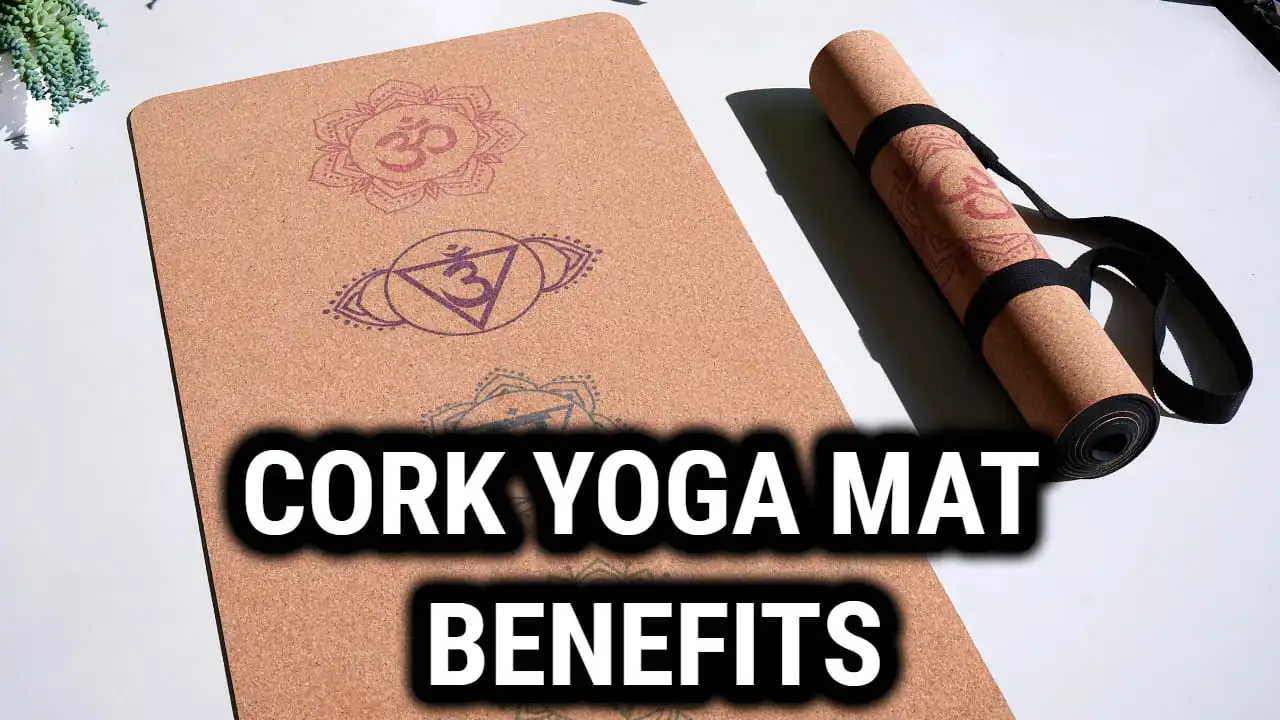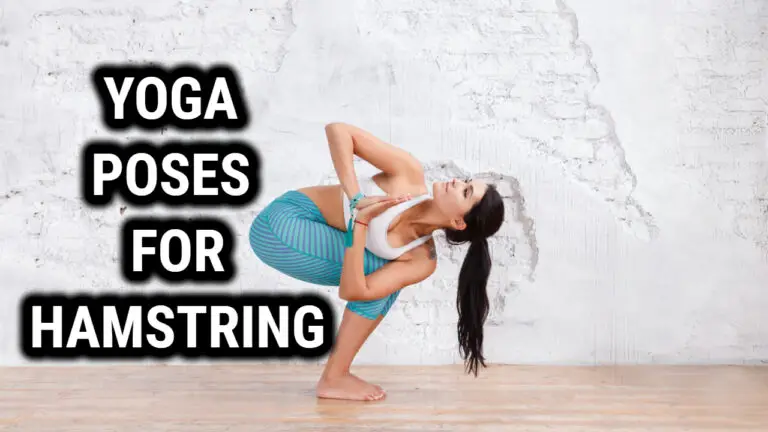Best Cork Yoga Mat Benefits: How Natural Materials Can Enhance Your Practice

Yoga mats are an essential piece of equipment for many practitioners, as they provide a comfortable and supportive surface to practice on. In recent years, there has been a growing trend towards using eco-friendly and sustainable materials for yoga mats, such as cork.
Cork is a natural, renewable resource that is harvested from the bark of cork oak trees. It is known for its durability, versatility, and sustainability, making it an ideal material for a variety of products, including yoga mats.
Environmental Benefits of Cork Yoga Mats
Sustainable and renewable resource: Cork is a sustainable and renewable resource, as it can be harvested from the same tree every 9-12 years without causing any harm to the tree. This means that cork production has a low impact on the environment and does not contribute to deforestation. Moreover, cork oak trees absorb and store large amounts of carbon dioxide, making them an important part of the fight against climate change.
Biodegradable and compostable: Cork is a natural material that is biodegradable and compostable, meaning that it can break down naturally and return to the soil when it is no longer needed. This makes cork yoga mats an environmentally-friendly choice, as they do not contribute to pollution or waste in landfills.
Low impact on environment during production and transportation: Cork production is relatively low-impact, as it does not require any chemical treatments or pesticides. It is also lightweight and easily transportable, which helps to reduce the carbon footprint of transportation. Cork yoga mats have a much smaller environmental impact compared to other types of yoga mats, such as those made from synthetic materials like PVC or rubber.
Health Benefits Of Cork Yoga Mats
Non-toxic and hypoallergenic: Cork is a natural, non-toxic material that is safe for people with allergies or sensitivities. It does not contain any chemicals or synthetic materials that could cause irritation or allergic reactions. This makes cork yoga mats a great choice for people with sensitive skin or respiratory issues.
Naturally antimicrobial: Cork is naturally antimicrobial, meaning that it is resistant to the growth of bacteria, fungi, and other microorganisms. This makes it a hygienic choice for a yoga mat, as it helps to prevent the spread of germs and odors.
Comfortable and supportive for joints: Cork yoga mats are known for their comfortable and supportive nature, as they are soft and cushioned yet firm and stable. This makes them ideal for practices that involve a lot of standing or balancing poses, as they provide the necessary support for the joints and muscles. Cork yoga mats are also naturally resilient and bounce back quickly, which helps to reduce fatigue and discomfort during long sessions.
Performance Benefits of Cork Yoga Mats
Excellent grip and traction: Cork yoga mats have an excellent grip and traction, as the surface of the mat is slightly textured and sticky. This helps to prevent slips and falls during practice, especially when the mat becomes wet with sweat. The grip of a cork yoga mat also improves with use, as the natural oils from the skin help to enhance the stickiness of the mat over time.
Durable and long-lasting: Cork is a durable material that is resistant to wear and tear, making cork yoga mats a long-lasting choice. They can withstand daily use and are less prone to fading, tearing, or breaking compared to other types of yoga mats.
Easy to clean and maintain: Cork yoga mats are easy to clean and maintain, as they can be wiped down with a damp cloth or mild soap and water. They are also resistant to odors and stains, making them a low-maintenance option. It is important to follow the manufacturer’s instructions for care and maintenance to ensure that the mat stays in good condition for as long as possible.
Tips For Purchasing a Cork Yoga Mat
Consider the thickness and weight of the mat: The thickness and weight of a yoga mat can affect its performance and comfort during practice. Thicker mats tend to be more comfortable and supportive, but they may also be heavier and bulkier to carry around.
On the other hand, thinner mats may be more lightweight and portable, but they may not provide as much cushioning and support. Consider your personal preferences and needs when choosing the thickness and weight of your cork yoga mat.
Look for mats made with high-quality cork: Not all cork yoga mats are created equal, and it is important to choose a mat made with high-quality cork. Look for mats that are made with 100% natural cork and do not contain any fillers or synthetic materials. High-quality cork yoga mats are typically more durable, comfortable, and sustainable than cheaper alternatives.
Research the brand and their sustainability practices: It is important to consider the brand and their sustainability practices when purchasing a cork yoga mat. Look for brands that prioritize sustainability and have a strong track record of environmentally-friendly and ethical practices. Research the brand and read reviews from other customers to get a better understanding of the quality and sustainability of their products.
Care and Maintenance of Cork Yoga Mats
Cleaning methods: It is important to clean your cork yoga mat regularly to maintain its hygiene and longevity. A simple way to clean the mat is to wipe it down with a damp cloth or sponge and mild soap and water.
Avoid using harsh chemicals or abrasive cleaners, as they can damage the surface of the mat. If the mat is particularly dirty or smelly, you can also use a mixture of water and vinegar to help remove any stubborn stains or odors. Allow the mat to air dry completely before using it again.
Storing the mat properly: Proper storage is important to ensure that your cork yoga mat stays in good condition. Avoid leaving the mat in direct sunlight or in a humid or damp environment, as this can cause it to degrade or develop mold.
Roll the mat up and store it in a cool, dry place when it is not in use. Avoid folding the mat, as this can cause creases and permanent damage. If you need to transport the mat, use a yoga mat bag to protect it from dirt and wear.
How To Make Your Own Cork Yoga Mat?
To make a cork yoga mat, you will need the following materials:
- Cork tiles or a large cork sheet
- A utility knife or scissors
- A straight edge or ruler
- Contact cement or a strong adhesive
- A foam yoga mat
Here is a step-by-step guide on how to make a cork yoga mat:
- Measure and cut the cork tiles or cork sheet to the same size as your foam yoga mat. You can use a straight edge or ruler to make sure that the edges are straight and even.
- Spread a thin layer of contact cement or adhesive on the top of the foam yoga mat.
- Place the cork tiles or cork sheet on top of the foam yoga mat, pressing down firmly to ensure that it adheres to the adhesive.
- Allow the adhesive to dry completely, following the manufacturer’s instructions.
- Trim any excess cork from the edges of the mat using a utility knife or scissors.
- Your cork yoga mat is now ready to use!
Also Read: 10 Minute Yoga for Weight Loss
Conclusion
Here we have highlighted the various benefits of using a cork yoga mat, including its sustainability, health, and performance advantages. Cork is a natural, renewable resource that is biodegradable and compostable, making it an environmentally-friendly choice. It is also non-toxic, hypoallergenic, and naturally antimicrobial, making it a healthy choice for the body.
When purchasing a yoga mat, consider your personal needs and preferences, as well as the sustainability and health impacts of the mat. Find the perfect cork yoga mat that meets your needs and supports a more sustainable and healthy yoga practice.





